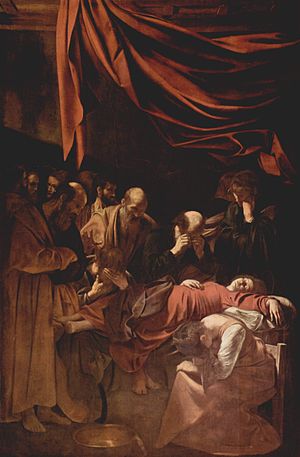Today in class of social sciences we have started the class speaking about the flag that the town hall has placed in the round about at the entrance of the town, that is so big, Lucía said that maybe is as tall as the high school. Paqui has told us that these flags are very expensive and people paid for them like two thousand euros, I think that it´s too much for a flag and maybe that money will be better spent in other things.
Then we have copied the beginning of the new unit that is: The Interwar period (1919-1939).
And it has this points:
1. The USA: from the Roaring Twenties to the Great Depression.
2. Fascist Italy.
3. Nazi Germany.
And we have started the first point: The USA: from the Roaring Twenties to the Great Depression.
After the WW1 the USA became an industrial power. The USA became also a dream for the thousand immigrants of all over the world. The industrial production grew up and also consumption stimulated by: payment in instalments and banking loans.
But not all the prosperity was good a lot of people were pour like the famous character invented by Charles Chaplin, Charlot.
Then the government prohibited consuming, producing and selling alcohol. So the mafia found a business in these drinks. (In that moment we have started to speak about Al Capone and the alcohol)

http://www.biography.com/people/al-capone-9237536
Slavery was abolished after the Civil War, but many black people continued to be discriminated and they were hounded in several states by the Ku Klux Klan, a racist organization.

http://www.montevideo.com.uy/auc.aspx?266890
And after this Paqui has given us homework, from the page 72 exercises 1 and 2, and on Tuesday we will correct them.
When the class was going to end we have started to speak about the dinner class of 4th of ESO.
In this class we have copied some words of glossary:
to roar: rugir
roaring: rugiente
Roaring twenties: felices años veinte
sentence for life: cadena perpetua
reintegration: reinserción
male chauvinist: machista
male chauvinism: machismo
pound: libra esterlina
Prohibition (1919-1933) selling, buying and producing alcohol was forbidden: ley seca
to blur: nublar

http://www.funnydam.com/picture-5332-have-a-nice-weekend.html














